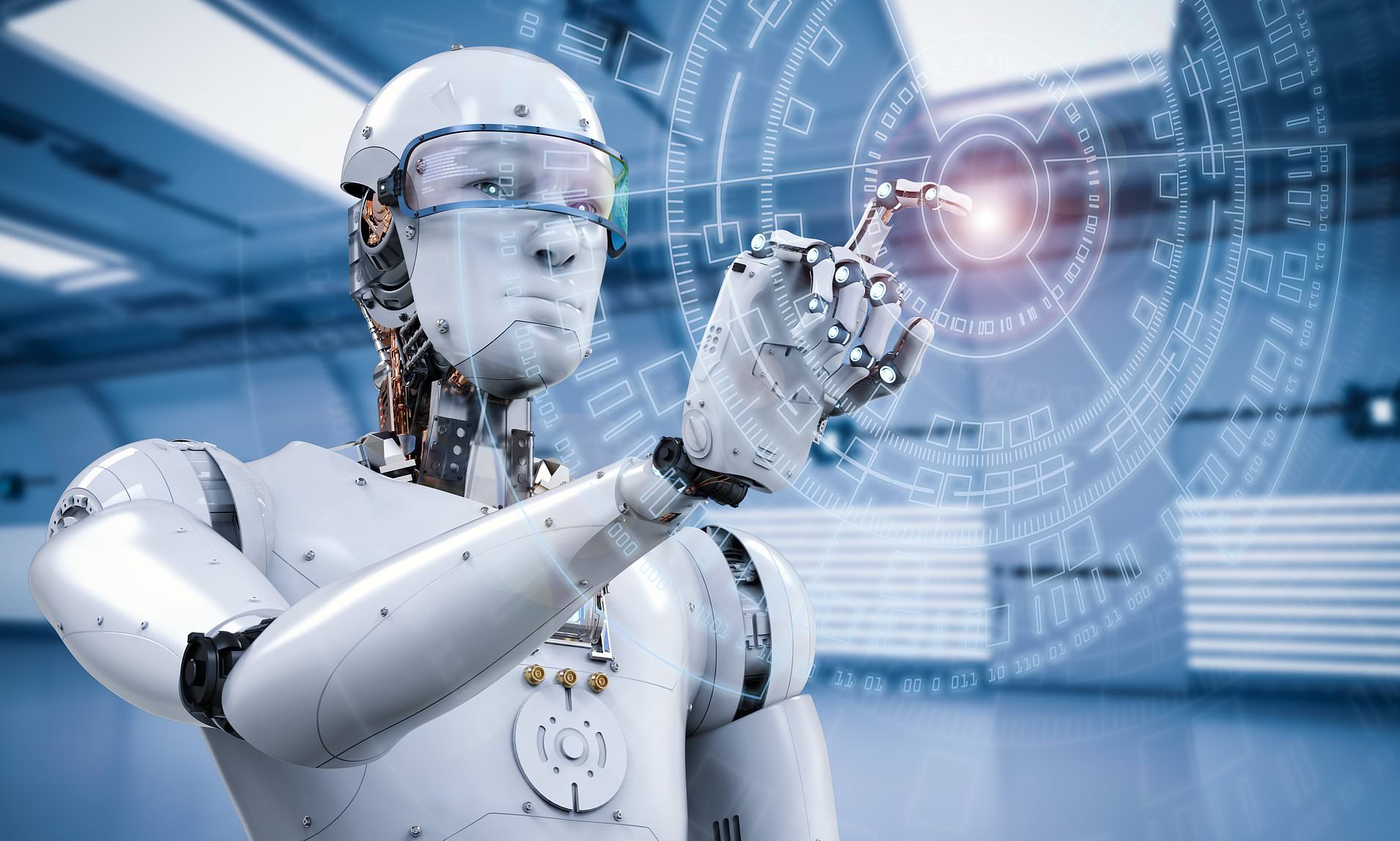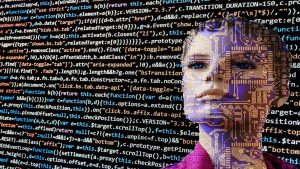- 8 September 2023
- 195
Revolutionizing Finance: Robot Stock Analysts

Introduction
In recent years, the field of stock analysis has witnessed a significant transformation with the rise of robot stock analysts. These automated systems, powered by advanced algorithms and artificial intelligence, are revolutionizing investment strategies. This article delves into the emergence of robot stock analysts, highlighting their advantages, challenges, and the potential implications for traditional investment approaches.
Benefits of Robot Stock Analysts
-
Data-driven Analysis: Robot stock analysts have the ability to process vast amounts of data in real-time, enabling them to identify patterns, trends, and correlations that human analysts may overlook. This data-driven approach enhances the accuracy and efficiency of stock analysis.
-
Unbiased Decision-making: Unlike human analysts who may be influenced by emotions or biases, robot stock analysts make decisions based solely on data and predefined algorithms. This impartiality reduces the risk of subjective judgments and potentially improves investment outcomes.
-
Speed and Efficiency: Robot stock analysts can analyze and process information at a much faster pace than their human counterparts. This speed allows for quick identification of investment opportunities and timely execution of trades.
Challenges and Limitations
-
Lack of Contextual Understanding: While robot stock analysts excel at data analysis, they may struggle to interpret complex market dynamics, geopolitical events, or other contextual factors that can impact stock performance. Human analysts often provide valuable insights in these areas.
-
Overreliance on Historical Data: Robot stock analysts heavily rely on historical data to make predictions. However, financial markets are dynamic and subject to unforeseen events. The inability to adapt to rapidly changing market conditions is a limitation of automated systems.
-
Ethical Considerations: The use of robot stock analysts raises ethical questions, such as the potential impact on employment in the financial industry. The displacement of human analysts and the concentration of power in the hands of algorithms require careful consideration.

Impact on Traditional Investment Strategies
The emergence of robot stock analysts has the potential to disrupt traditional investment strategies. As these automated systems gain prominence, investment firms may need to adapt their approaches to incorporate the benefits of data-driven analysis. Human analysts may shift their focus towards providing contextual insights and strategic decision-making, complementing the capabilities of robot stock analysts.
Visual Table for Key Points:
| Key Points | Details |
|---|---|
| Robot Stock Analysts | Introduction to AI in financial analysis |
| AI’s Analytical Power | How AI algorithms analyze stocks |
| Benefits of AI Analysis | Efficiency and data-driven insights |
| Accuracy Advantages | Consistency and reduced bias |
| Challenges and Limitations | AI’s current constraints |
| Human vs. Robot Analysts | A comparative view |
| Investor Confidence in AI | Trust in AI-driven financial advice |
| Ethical Considerations | AI’s role in responsible investing |
| Evolving Finance Landscape | AI’s impact on financial institutions |
| Preparing for the AI Era | Adapting to AI-driven investment |
Conclusion
Robot stock analysts are transforming the investment landscape with their data-driven approach and advanced algorithms. While they offer numerous benefits, such as data processing capabilities, unbiased decision-making, and speed, they also face challenges related to contextual understanding, adaptability, and ethical considerations. As the use of robot stock analysts becomes more prevalent, investment strategies are likely to evolve, with a potential shift towards a hybrid model that combines the strengths of both automated systems and human expertise. The future of stock analysis lies in striking the right balance between the power of automation and the insights provided by human analysts.

